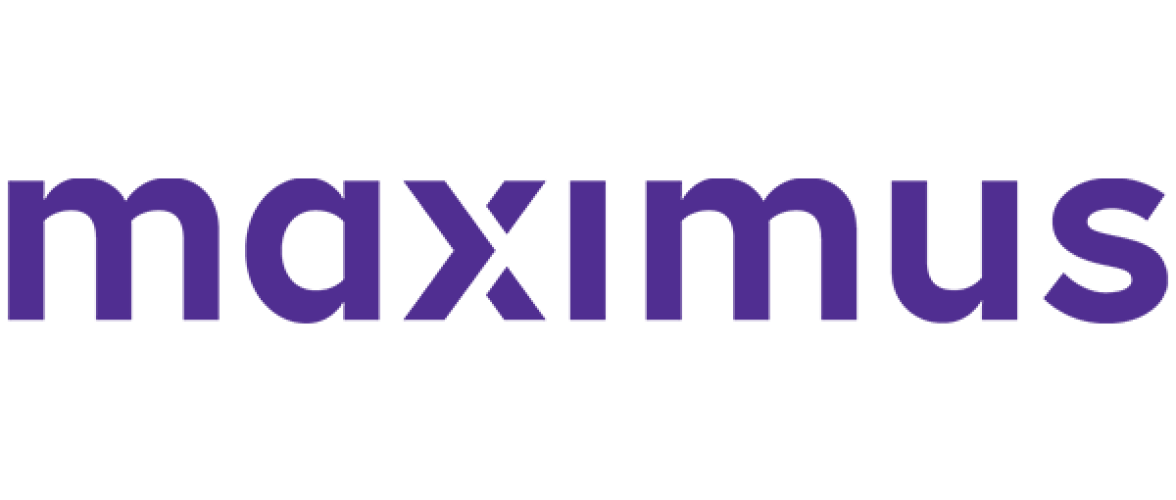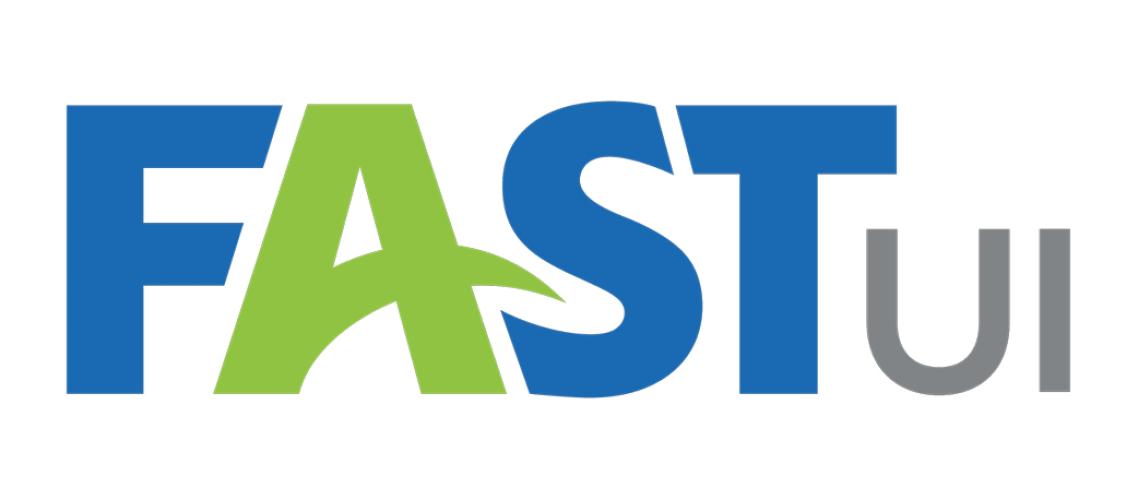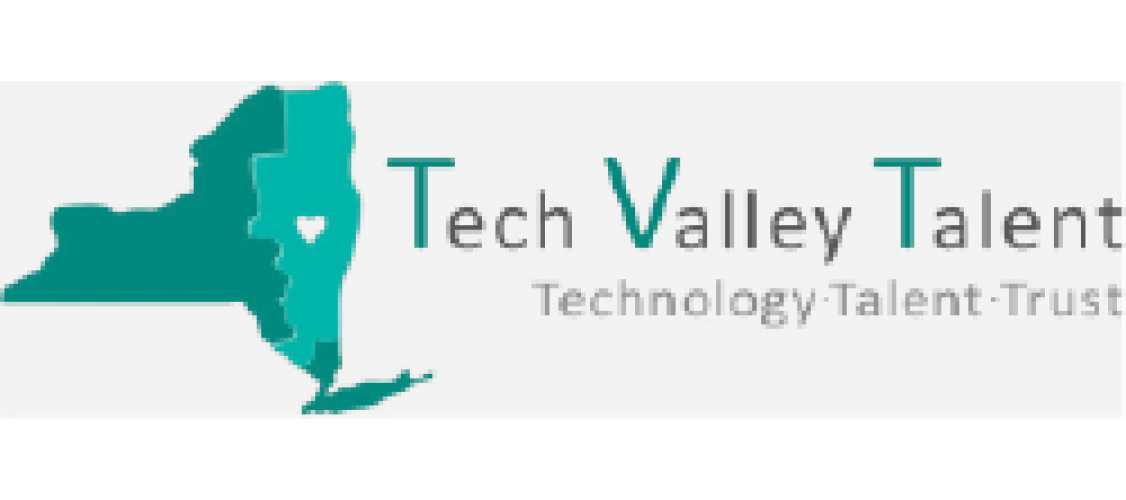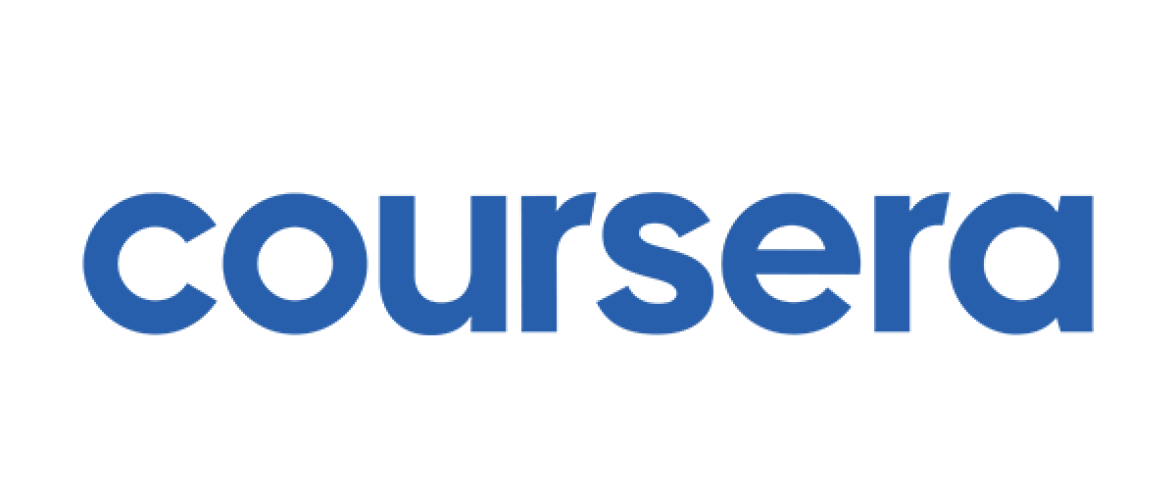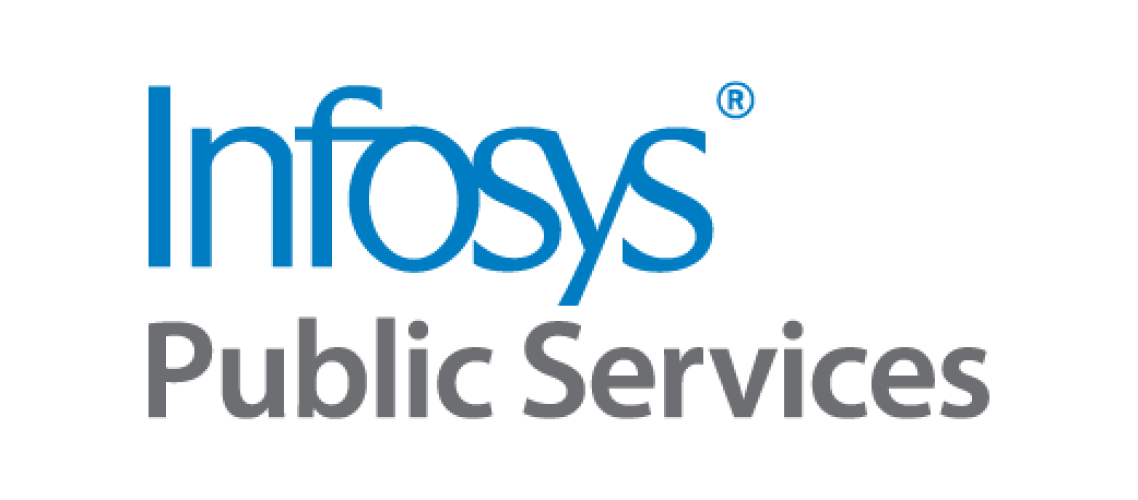Workforce Bulletin - October 17, 2014
In This Issue:
- NASWA Board of Directors Select Scott B. Sanders as New Executive Director
- USDOL Announces $170 million in Ready to Work Partnerships Grants to Address Long-Term Unemployment
- NASWA Hosts Conference Call with States and ETA on WIA Adult and Dislocated Worker Reduction for Start of FY 2015 due to CR
- USDOL Seeks Comments on Proposed Rule on Drug Testing State UI Claimants
- Vice President Biden Announces Recipients of $450 Million of Job-Driven Training Grants
- Unemployment Insurance Initial Claims Decrease, Continued Claims Increase
- SIDES Bloomberg White Paper, Last Chance to Download before October 20th!
- NELP Report - Lessons Learned: Maximizing the Potential of Work-Sharing in the United States
- NASWA's Equal Opportunity in the Workforce System 2014
- USDOL Office of Disability Employment Policy Launches Portal on Accessible Workplace Technology
- NASWA Gains New Company to Affiliate Program
- Notices, Advisories and Reports
NASWA Board of Directors Select Scott B. Sanders as New Executive Director
On September 29, NASWA’s Board of Directors announced Scott B. Sanders as the Association's new Executive Director. Mr. Sanders will be replacing former NASWA Executive Director Richard A. Hobbie, Ph.D., who retired at the end of September.
Executive Director Sanders will begin his new role on Monday, October 20. "I am pleased that Scott will be leading the NASWA staff to further our policy work on Capitol Hill," said Ellen Golombek, President of NASWA and Executive Director of the Colorado Department of Labor and Employment. "His experience with advocacy at the state and national level will be a tremendous asset for NASWA."
Executive Director Sanders most recent position was Commissioner for the Indiana Department of Workforce Development. During his tenure at the Department, Mr. Sanders was instrumental in many accomplishments:
- Improved Unemployment Insurance (UI) operations and lowered improper payments.
- Implemented Jobs for Hoosiers (helping unemployed individuals return to work faster).
- Led the effort to invest $20 million new state dollars in workforce development programs.
- Implemented a new, more rigorous Indiana High School Equivalency diploma to replace the GED.
- Initiated the effort to modernize Indiana’s benefits, tax and appeals UI computer system.
- Oversaw passage of Indiana's UI Trust Fund Solvency Reform legislation.
- Implemented the nation's largest Jobs for America's Graduates (JAG) drop-out prevention program.
"I am excited for the opportunity to continue serving in the workforce development arena," said Executive Director Sanders. "I look forward to working with NASWA members and finding innovative solutions to workforce challenges."
USDOL Announces $170 million in Ready to Work Partnerships Grants to Address Long-Term Unemployment
On Wednesday, October 15, the U.S. Department of Labor (USDOL) announced $169,771,960 in grants to expedite the employment of individuals who are long-term unemployed. The grants are part of USDOL’s Long-Term Unemployed H-1B Ready to Work Partnership initiative to support and scale collaborations between employers, nonprofit organizations and federal job training programs to help connect individuals who are long-term unemployed with jobs.
According the USDOL press release, the grants will aim to incorporate three primary functions:
- Outreach and Recruitment - Grantees will work with state unemployment insurance programs, one-stop centers, community and faith-based organizations, job clubs and other worker advocate organizations to identify and recruit participants in need of training and supportive services.
- Training and Support Services - Participants in programs funded by these grants will receive job training and support services for occupations in information technology, advanced manufacturing, health care and other high-demand industries.
- Placement Strategies - All projects incorporate placement strategies to support long-term unemployed workers in finding rapid employment in middle-and high-skilled jobs. These projects will include a designated career coach to guide long-term unemployed individuals from the assessment period all the way to job placement.
For a complete listing of grantees, visit http://www.dol.gov/opa/media/press/eta/ETA20141956.htm.
NASWA Hosts Conference Call with States and ETA on WIA Adult and Dislocated Worker Reduction for Start of FY 2015 due to CR
On Tuesday, October 14, U.S. Department of Labor (USDOL) Employment and Training Administration (ETA) Deputy Assistant Secretary Gerri Fiala conducted a brief conference call with State Administrators, Finance Directors, Employment and Training Directors, Governors’ Offices and others regarding the impact on states due to the Continuing Resolution (CR) (H.J. Res. 124) currently funding federal government operations at fiscal year (FY) 2014 levels through December 11, 2014.
Deputy Assistant Secretary Fiala said there would be a reduction to the Workforce Investment Act (WIA) Adult and Dislocated Worker programs in the amount of 0.0554 percent for October, November and up to December 11, 2014. The reduction in funding is roughly $550 for every million dollars states receive for these programs.
The reduction is a result of the CR Congress enacted to keep the federal government operating October 1 to December 11 and avoid a government shutdown. The CR established funding for the beginning of FY 2015 at the lower FY 2014 funding levels. ETA’s Training and Employment Guidance (TEGL) Letter No. 18-13 released in April providing states their Program Year (PY) 2014 program allotments assumed FY 2015 funding levels would be at the higher level set by the Bipartisan Budget Act of 2013 signed in December 2013.
Most States should have received the WIA Notice of Obligations (NOOs) last week and ETA will also issue a change to TEGL 18-13 sometime next week providing the revised WIA Adult and Dislocated Worker program allotments to reflect the funding reduction.
Congress is scheduled to return the second week of November -- after the November Midterm elections -- and either pass another continuing resolution at FY 2014 levels or an omnibus appropriations bill for FY 2015.
USDOL Seeks Comments on Proposed Rule on Drug Testing State UI Claimants
On Thursday, October 9, the U.S. Department of Labor (USDOL) released a Notice of Public Rulemaking (NPRM) in the Federal Register asking stakeholders in the public workforce system to identify the occupations for which a state may be allowed to conduct drug testing in determining the eligibility for unemployment compensation recipients. The rule is limited to unemployment compensation applicants for whom suitable work (as defined under the State law) is only available in an occupation that regularly conducts drug testing.
The proposed rule limits the occupations for which there may be drug testing by the state to:
1. An occupation specifically identified as requiring an employee to be tested for controlled substances in a state law that took effect no later than October 9, 2014, and still remains in effect.
2. Specific occupations, including:
- An occupation that requires the employee to carry a firearm.
- An occupation (as in effect on October 9, 2014) identified by the appropriate specified federal agency to include:
- Aviation Flight Crew Members and Air Traffic Controllers.
- Commercial Drivers.
- Railroad Operating Crew Members.
- Public Transit Operators.
- Pipeline Operation and Maintenance Crew Members.
- Crewmembers and Maritime Credential Holders on a Commercial Vessel.
USDOL seeks comments specifically on how to refresh the list of occupations. Comments must be submitted in writing on or before December 8, 2014. To access the notice in the Federal Register, visit http://www.gpo.gov/fdsys/pkg/FR-2014-10-09/pdf/2014-24098.pdf.
USDOL also issued Unemployment Insurance Program Letter (UIPL) No. 15-1 on the same day providing guidance to state workforce agencies about permissible drug testing of certain unemployment compensation applicants.
According to UIPL 15-1, state workforce agencies still cannot pursue drug testing as a condition of eligibility until a final rule outlined above is in place, “only drug testing under clause (i) of Section 303(l)(1)(A) (of the Social Security Act (SSA)) may be implemented by states at this time; drug testing under clause (ii) is not permitted until a final rule is in effect. Also, as a reminder, since drug testing under the Act is optional, no changes to state Unemployment Compensation laws are required unless a state wishes to provide for drug testing of UC applicants as authorized by the Act.”
Section 303(l)(1)(A)(i) of the Social Security Act, permits states to enact laws that provide for the drug testing of UI applicants who have been separated from their most recent employer because of the unlawful use of a controlled substance. However, Section 303(l)(1)(A)(ii) of the Social Security Act, permits drug testing of UI applicants for whom suitable work, as defined under state law, is “only” available in an occupation that regularly conducts drug testing, as determined under regulations issued by the Secretary.
Currently two states (MS and TX) have drug testing laws as a condition of eligibility for UI benefits, and 19 states (AL, AK, AZ, AR, CA, CT, FL, GA, KY, LA, MI, MO, NH, OK, OR, PA, SC, WV, and VA) have provisions in their UI laws for violating employer hiring, or workplace, drug testing policies.
Vice President Biden Announces Recipients of $450 Million of Job-Driven Training Grants
On September 29, Vice President Biden, Secretary of Labor Thomas E. Perez, and Secretary of Education Arne Duncan announced the winners of $450 million in job-driven training grants going to nearly 270 community colleges across the country. The funding is part of the Trade Adjustment Assistance Community College and Career Training (TAACCCT) competitive grant program, which is co-administered by the Department of Labor and Department of Education.
The final round of grants will provide community colleges and other eligible institutions of higher education with funds to partner with employers to expand and improve their ability to deliver education and career training programs that will help job seekers get the skills they need for in-demand jobs in industries like information technology, health care, energy, and advanced manufacturing.
The job-driven training partnerships are aligned with the Vice-President’s job-driven training report released in July as an important way to successfully prepare and place workers in jobs that pay a middle class wage. For more information about the recipients of TAACCCT grants, visit http://www.dol.gov/opa/media/press/eta/ETA20141865.htm .
Unemployment Insurance Initial Claims Decrease, Continued Claims Increase
The U.S. Department of Labor reported for the week ending October 11 seasonally adjusted unemployment insurance initial claims decreased from the previous week's revised figure.
Seasonally adjusted initial claims decreased by 23,000 to 264,000 from last week's revised figure of 287,000. The 4-week moving average was 283,500, a decrease of 4,250 from the previous week's unrevised average of 287,750. The unadjusted initial claims level totaled 271,590, increase 14,031 from the previous week, and down 89,367 from the level of 360,957 for a comparable week in 2013.
UI continued claims, seasonally adjusted, for the week ending October 4 were 2,389,000 up 7,000 from the previous week's revised figure. The 4-week moving average decreased 10,750 to 2,403,750 from the prior week's revised figure of 2,414,500.
The total number of individuals claiming benefits in all programs for the week ending September 27, was 2,088,553, a decrease of 38,946 from the prior week. Regular state continued claims decreased by 39,180, and EB increased by 2. During the week of September 27, 2014, continued claims for ex-federal employees stood at 15,994 up 71 from the prior week, and for newly discharged veterans, 24,842 up 373 from the prior week.
The impact of weekly seasonal adjustment factors can sometimes cause relatively large swings in the seasonally adjusted level of reported initial claims. The weekly factors for last week, this week, and next week are: 89.7, 102.8 and 90.2 respectively. Note the large relative change for the current week. If the weekly adjustment factor for the current week had been 90.0, the seasonally adjusted level for initial claims would be 301,000 not the reported 264,000. That is not to say that the seasonal factor is wrong only that weekly seasonal factors are notoriously hard to compute, changes in where holidays fall or other factors can cause the factor to vary more than say a monthly factor. In the chart above seasonally adjusted and non-seasonally adjusted initial claims are shown.
SIDES Bloomberg White Paper, Last Chance to Download before October 20th!
After listening to an update on the State Information Data Exchange System (SIDES) at this year's UWC conference, Bloomberg BNA (Bureau of National Affairs) Editor/Reporter, Howard Perlman, wrote and published a white paper on SIDES. The paper provides an in depth view of SIDES and highlights employer/TPAs review on SIDES.
The paper covers the following topics:
- What is SIDES
- Why is SIDES important to Employers/TPAs
- The advantages of SIDES to employers/TPAs
- How employers/TPAs can implement SIDES
- Who is using SIDES
- Descriptions of the four SIDES exchange formats in production and two future exchange formats
In addition, throughout the paper, SIDES is discussed as a way to reduce overpayments. Some of the best parts of the paper are the interview quotes he received from the employers/third party administrators (TPAs) and states about the system. These quotes are very supportive and encouraging to other employers/TPAs that SIDES is a system they need to be using. The paper is an excellent marketing piece on SIDES as it is available on the Bloomberg website. This is a copyrighted paper and posted with permission from Bloomberg BNA until October 20, 2014. Click here to download the entire White Paper.
NELP Report - Lessons Learned: Maximizing the Potential of Work-Sharing in the United States
On Thursday, October 16, the National Employment Law Project (NELP) released a report entitled: Lessons Learned: Maximizing the Potential of Work-Sharing in the United States. Work sharing, also referred to as short-term compensation (STC) allows employees to keep their jobs and helps employers avoid laying off their trained workforce during economic downturns by reducing the hours of work for an entire group of affected workers. Workers affected by reduced hours can have their wages compensated with a portion of their weekly unemployment compensation payments.
NELP’s report provides states with recommendations for using federal grants to build, improve, and promote work-sharing programs in a way that will increase interest and participation from employers facing temporary economic downturns. The report also makes recommendations to states for improving program effectiveness and increasing promotion and enrollment. These recommendations are based largely on the best practices and survey responses of those states that have been most successful in increasing work-sharing take-up.
The report also identifies the 26 states that have passed legislation necessary to claim grants from USDOL to improve their work-sharing programs, and also the 24 states that have not passed legislation to claim the remaining $29 million left in grants from USDOL.
NASWA's Equal Opportunity in the Workforce System 2014
NASWA's Equal Opportunity (EO) Committee will be hosting Equal Opportunity in the Workforce System 2014 on October 29-31 in Washington, DC. This two-and-a-half-day event will provide state and local workforce agency staff useful training workshops to help meet their equal opportunity responsibilities.
The entire event will be held at The Liaison Hotel on Capitol Hill in Washington, DC. While a block of rooms was secured at The Liaison at the government per diem rate of $219 per night, demand has been strong and the room block has been filled. However, you can refer to the list of local hotels if you are considering attending the conference and need accommodations.
Registration information for mid-October shows 140 state and local EO professionals representing 44 states/regions are planning to attend. EO Committee Chair Richard McPherson (OK) will attend and provide opening remarks. Invited officials from the U.S. Department of Labor (USDOL) include Civil Rights Center Director Naomi Barry-Perez, ETA Deputy Assistant Secretary Gerri Fiala, and Office of Disability Employment Policy Workforce System Policy Supervisory Policy Advisor Chris Button.
EO Committee members and USDOL partners plan to host seven EO training workshops and provide informational exchange to include federal updates and a state and local roundtable discussion on important issues regarding equal opportunity in the workforce system.
For additional information on the Conference Agenda, please visit the NASWA Equal Opportunity in the Workforce System 2014 website at http://www.naswa.org/meetings/eo2014.
USDOL Office of Disability Employment Policy Launches Portal on Accessible Workplace Technology
On Wednesday, October 15, the U.S. Department of Labor's Office of Disability Employment Policy (ODEP) announced the launch of http://www.PEATworks.org — a comprehensive Web portal headed by ODEP's Partnership on Employment & Accessible Technology. From educational articles to interactive tools, the website's content aims to help employers and the technology industry adopt accessible technology as part of everyday business practice so that all workers can benefit.
PEATworks.org will be the central hub of PEAT, a multifaceted initiative to improve the employment, retention and career advancement of people with disabilities through the promotion of accessible technology. PEAT conducts outreach, facilitates collaboration and provides a mix of resources to serve as a catalyst for policy development and innovation related to accessible technology in the workplace.
Features of PEATworks.org include an action guide for employers and informational articles. It also will serve as a platform for collaboration and dialogue around accessible technology in the workplace. Also featured is "TechCheck," an interactive tool to help employers assess their technology accessibility practices and find resources to help develop them further.
ODEP is announcing the launch of PEATworks.org during National Disability Employment Awareness Month, an annual series of events in October that raise awareness and celebrate the many and varied contributions of America's workers with disabilities. For more information, visit http://www.PEATworks.org.
NASWA Gains New Company to Affiliate Program
NASWA has gained a new organization to its Affiliate program this month with Hagel & Company joining the program. Hagel & Company specializes in human resource management information systems, with more than 650 customers throughout the Western and South Central United States. The mission of Hagel & Company is to improve the organizational capacity of the nonprofit and public sectors by matching exceptional leaders with exceptional organizations. For more information on Hagel & Company, visit their website at http://www.hagel.net
A NASWA Affiliation is available to parties interested in the Workforce Investment System, such as workforce professionals, economic developers, and educators and business persons. NASWA does not endorse the goods and services produced by affiliates. The NASWA affiliate package includes the following benefits:
- Access to NASWA's national information network to support your organization's efforts;
- Access to NASWA membership lists via the NASWA web site (phone and fax numbers not provided);
- Automatic e-mail notifications when new information is posted on NASWA's web site;
- Access to NASWA's weekly newsletter the, "Workforce Bulletin;"
- Receipt of "NewsWire" three times a week;
- FREE advertising opportunities in "NewsWire" and on the NASWA home page.
- Priority posting of your organization's position announcements on NASWA's Classified Ad page;
- Networking opportunities with federal and state workforce investment leaders as well as workforce development professionals in the 50 states, the District of Columbia, Puerto Rico and Guam.
To find out more information about NASWA’s Affiliate program, click here.
Notices, Advisories and Reports
USDOL Directives & Releases
October 17, 2014: USDOL issued a notice in the Federal Register soliciting comments concerning the collection of data about the Evaluation of the Youth CareerConnect (YCC) Grant Program.
October 15, 2014: ETA released Unemployment Insurance Program Letter No. 02-12, Change 2 responding to questions from state workforce agencies and clarifies states' responsibilities related to the Trade Adjustment Assistance Extension Act amendments and their effect on the CWC program.
October 15, 2014: ETA released Unemployment Insurance Program Letter No. 2-15 providing information to State Workforce Agencies about sequestration in Fiscal Year 2015 and how the Department of Labor would apply sequestration to mandatory Unemployment Insurance programs for FY 2015.
October 8, 2014: ETA issued Training and Employment Guidance Letter No. 09-14 providing guidance to the states regarding the content of the WIA Annual Report Narrative, including: strategies for serving veterans, acceptable approaches to fulfilling the customer satisfaction requirements and the procedures for submission of the report to the Employment and Training Administration. The Annual Report Narrative is due on Friday, November 14, 2014.
October 7, 2014: USDOL released a notice in the Federal Register issuing final regulations to implement Executive Order 13658, Establishing a Minimum Wage for Contractors, which was signed by President Barack Obama on February 12, 2014.
October 6, 2014: ETA issued Training and Employment Notice No. 11-14 announcing the release and availability of the Significant Provisions of State Unemployment Insurance Laws Effective July 2014.
October 1, 2014: ETA issued Training and Employment Guidance Letter No. 08-14 providing guidance to Senior Community Service Employment Program (SCSEP) grantees for modifying unified, integrated, and stand-alone State Plans that were approved in 2012.
September 29, 2014: ETA released Training and Employment Notice No. 10-14 informing Employment and Training Administration (ETA) staff and the public workforce system of, and encouraging workforce system participation in, the military services' Capstone activities and other outreach to provide employment services to Transitioning Service Members (TSMs), including eligible National Guard and Reserve members being separated or discharged from active duty.
Congressional Research Service Reports
October 1, 2014: CRS Report - Extending Unemployment Compensation Benefits During Recessions - The Congressional Research Service (CRS) issued a report describing the history of temporary federal extensions to unemployment benefits from 1980 to the present.
October 1, 2014: CRS Report - Vulnerable Youth: Employment and Job Training Programs - The Congressional Research Service (CRS) issued a report providing an overview of federal employment programs for vulnerable young people.
September 18, 2014: CRS Report - The Temporary Assistance for Needy Families (TANF) Block Grant: Responses to Frequently Asked Questions - The Congressional Research Service (CRS) issued a report providing responses to frequently asked questions about the Temporary Assistance for Needy Families (TANF) block grant
Other Reports and Advisories
November 4, 2014: ETA will host the webinar Sector Strategies and WIOA: Start Planning Now - The Workforce Innovation and Opportunity Act (WIOA) emphasizes sector partnership strategies as key elements of a successful workforce system, and ETA will be providing a webinar series to showcase the opportunities ahead. Please join ETA to learn from states and local areas who are leaders in use of sector strategies to improve their local economies and deliver for job seekers and employers. Kentucky’s work with economic development, workforce development and education partners will be featured in this first of the Building Sector Strategies webinar series.
October 23, 2014: ETA will host the webinar Introducing the Veterans Employment Center- Learn about the features of the Veterans Employment Center (VEC) on the Veterans Affairs eBenefits Portal. VEC is the Federal government's streamlined single internet source for connecting transitioning service members, veterans and their families to meaningful career opportunities. The Departments of Veterans Affairs is collaborating with Labor, Defense, Education and other agencies to incorporate the best features of existing online employment tools and integrate it with other resources and services. This webinar will give an overview of the website and its features, and will allow time for questions and answers.
October 10, 2014: HUD released a Notice of Funding Availability announcing the availability of funding of approximately $24 million for the Jobs Plus Pilot program for Public Housing Agencies to develop locally-based approaches to increase earnings and advance employment outcomes for Public Housing residents.
October 7, 2014: Characteristics of the Long-Term Unemployed in March 2007 and March 2014 – The Congressional Budget Office published a report providing information about the characteristics of people who have been unemployed for a long time.
October 7, 2014: Real-Time Labor Market Information - An Environmental Scan of Vendors and Workforce Development Users – ETA published a blog reporting on real-time labor market information (RT LMI)and ETA’s technical assistance project to increase the knowledge of the RT LMI landscape and support selected states in building their capacity to utilize the new data sources.
September 2014: Labor Force Participation Elasticities of Women and Secondary Earners within Married Couples: Working Paper 2014-06 – The Congressional Budget Office published a working paper examining whether women or lower-earning spouses have larger labor supply elasticities.
Articles were contributed by by John Quichocho, Bob Simoneau, Marc Katz, Brian Langley, Jim Van Erden, Hillary Hewko, and Tim Griffith.


